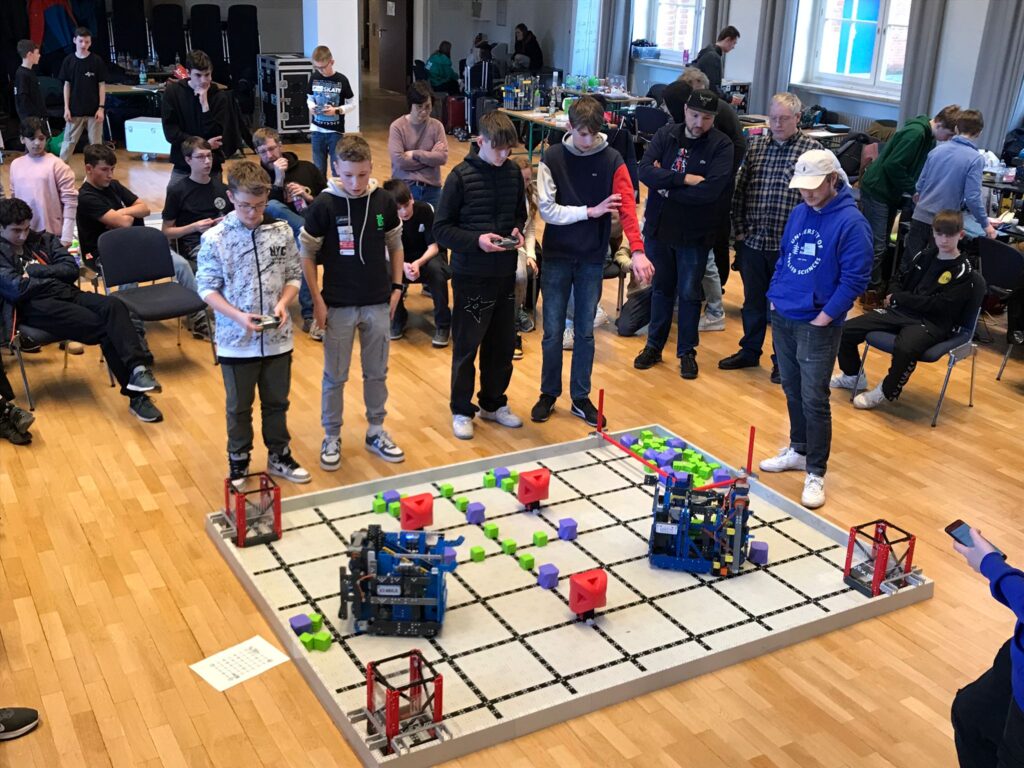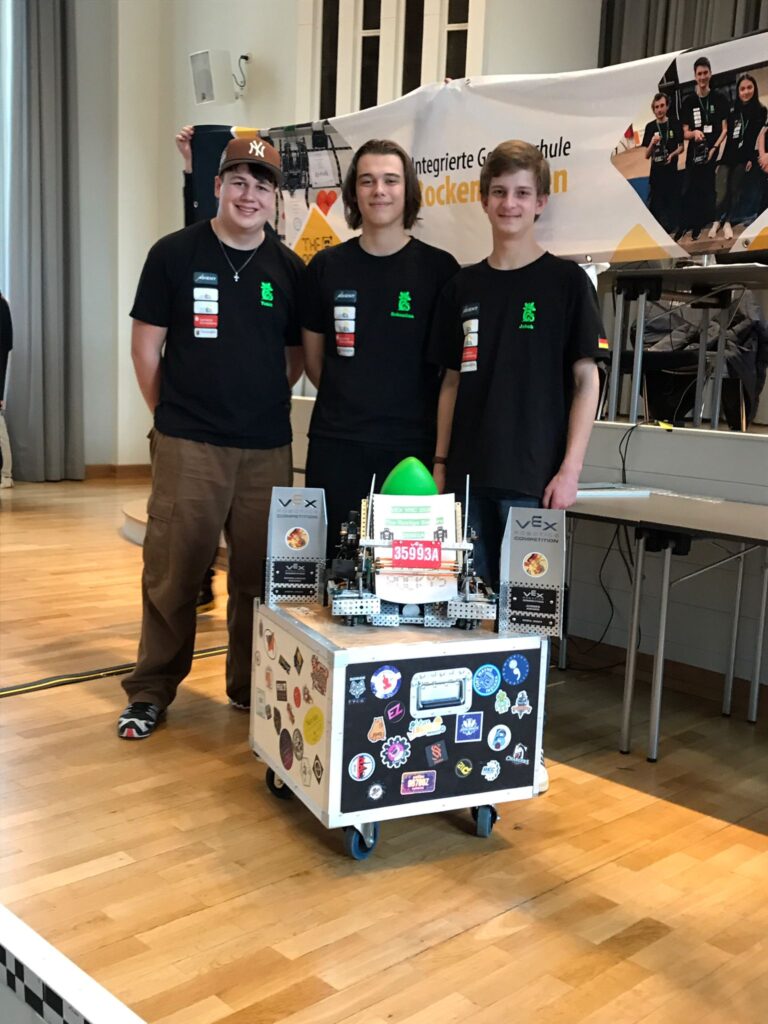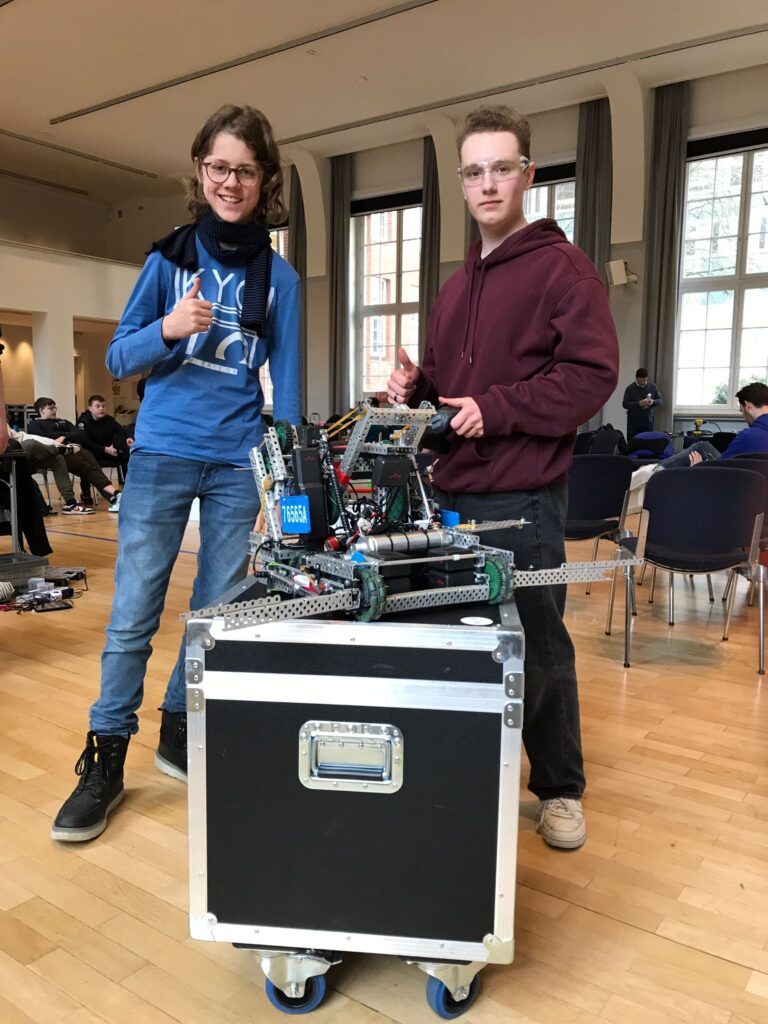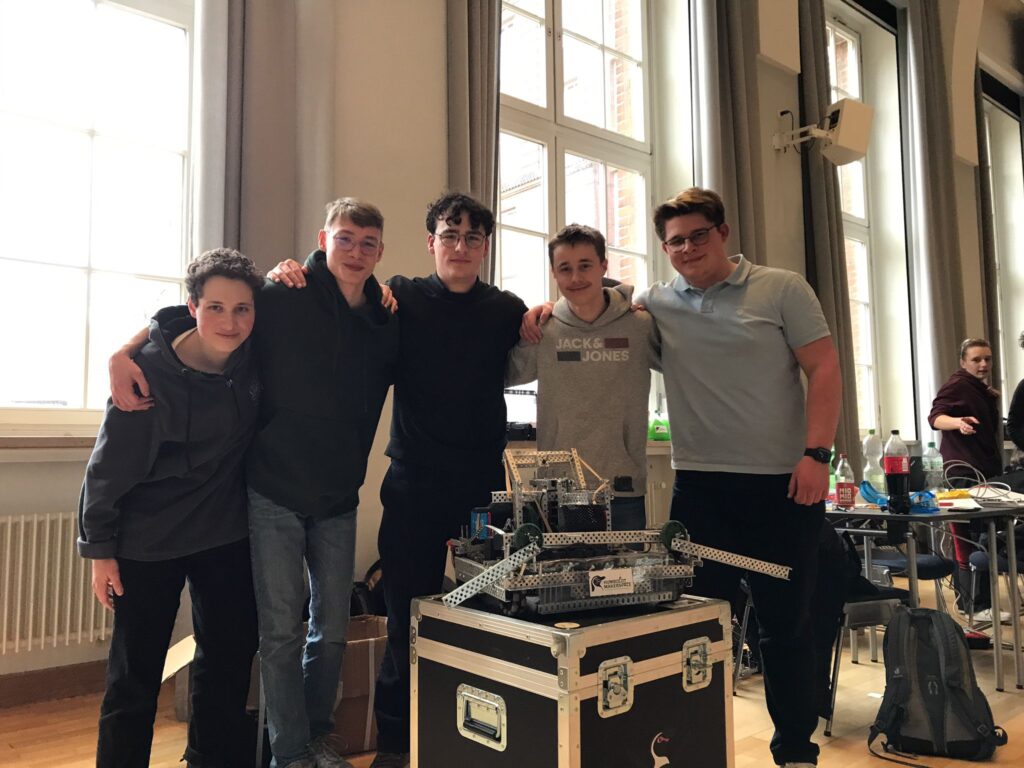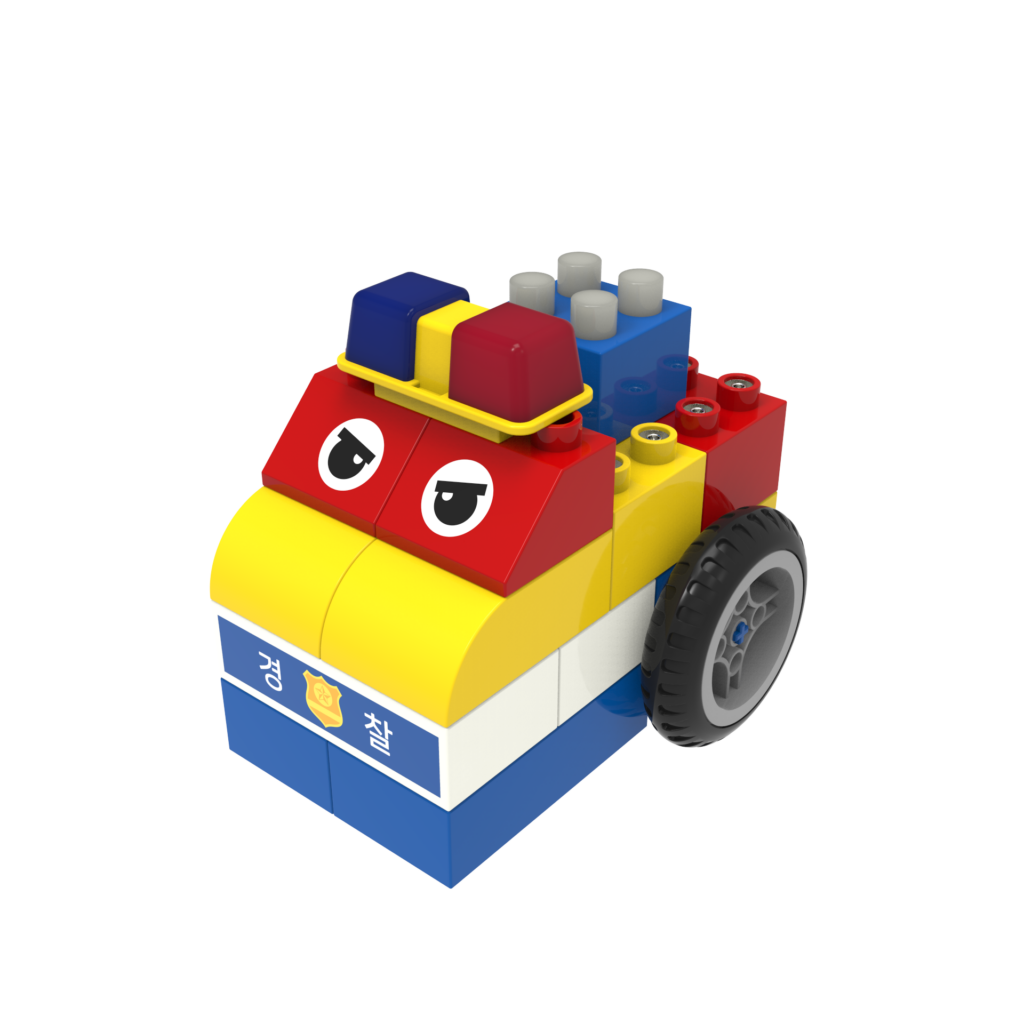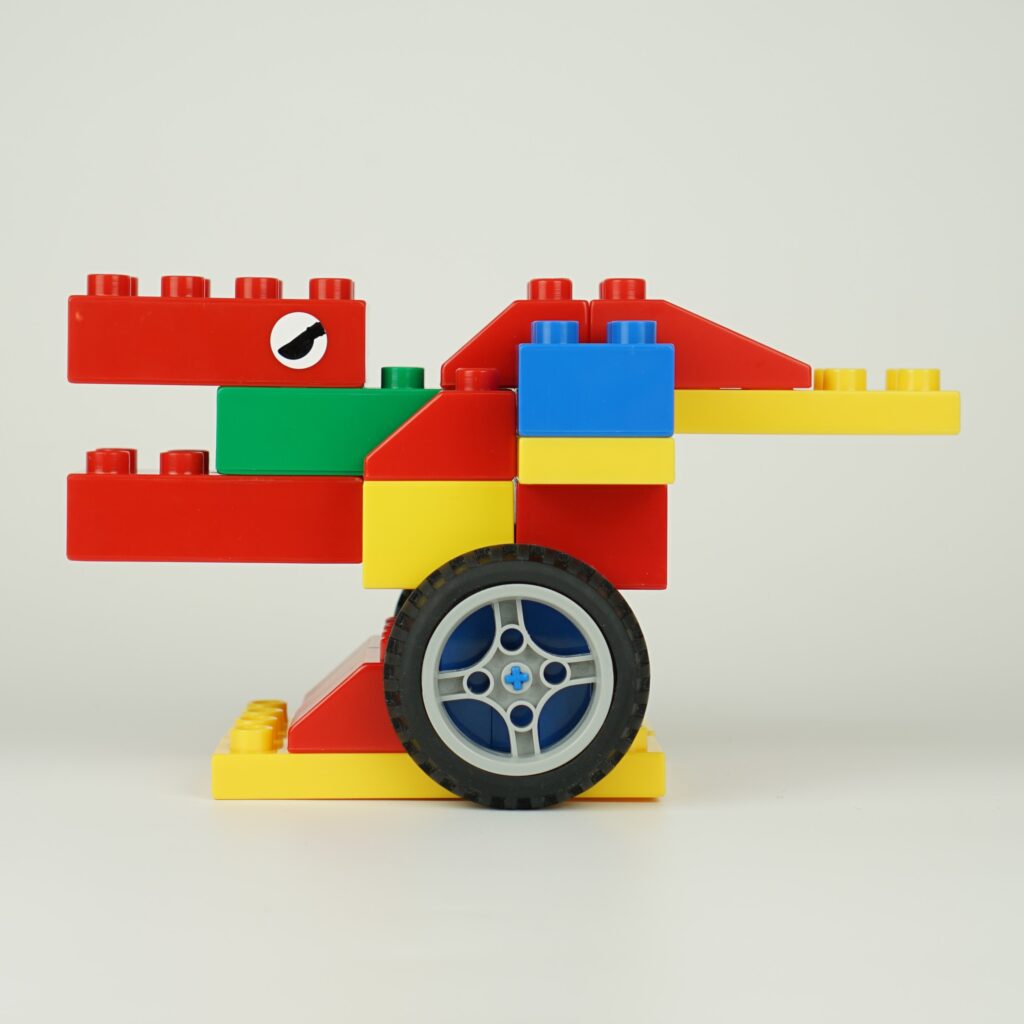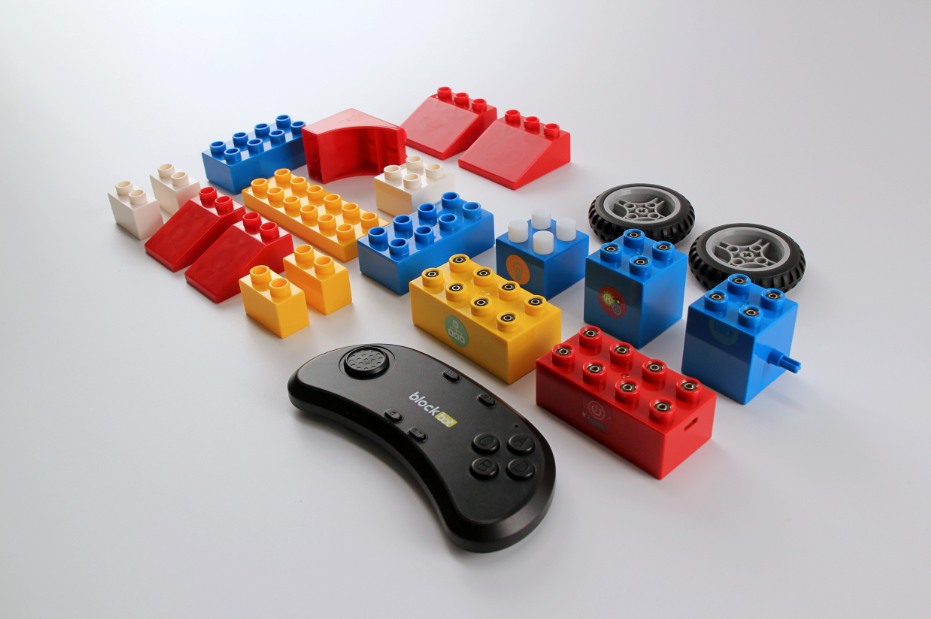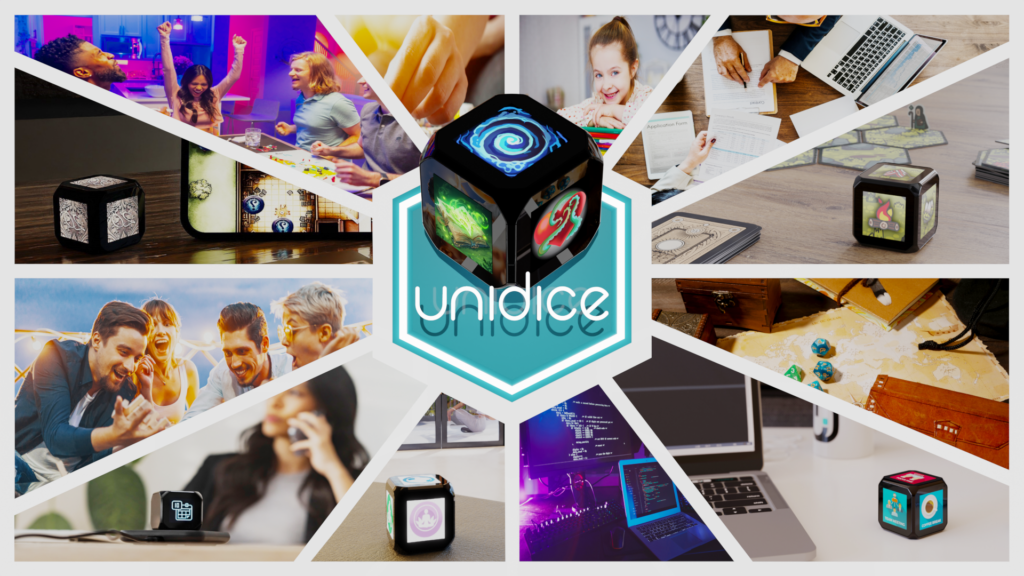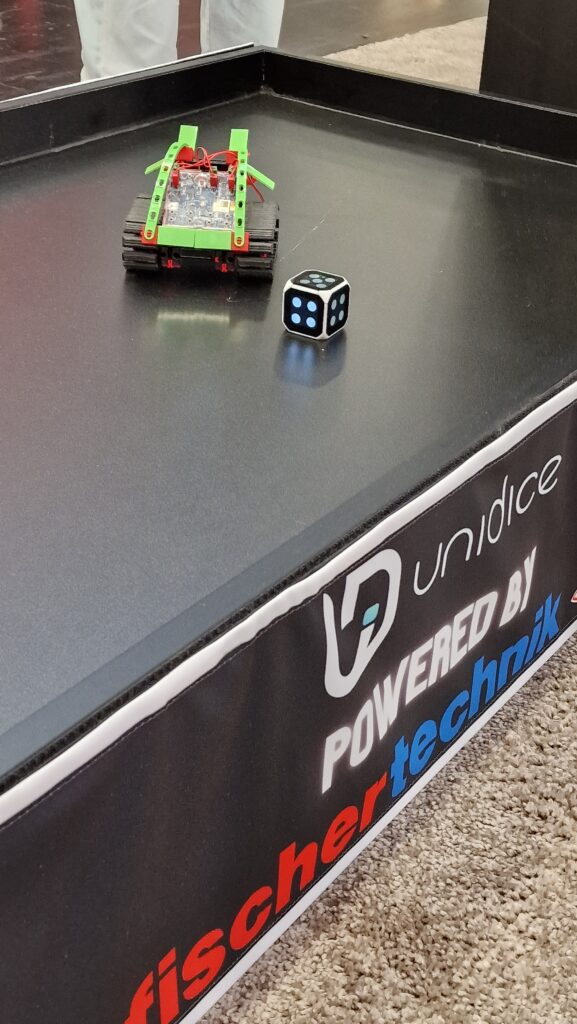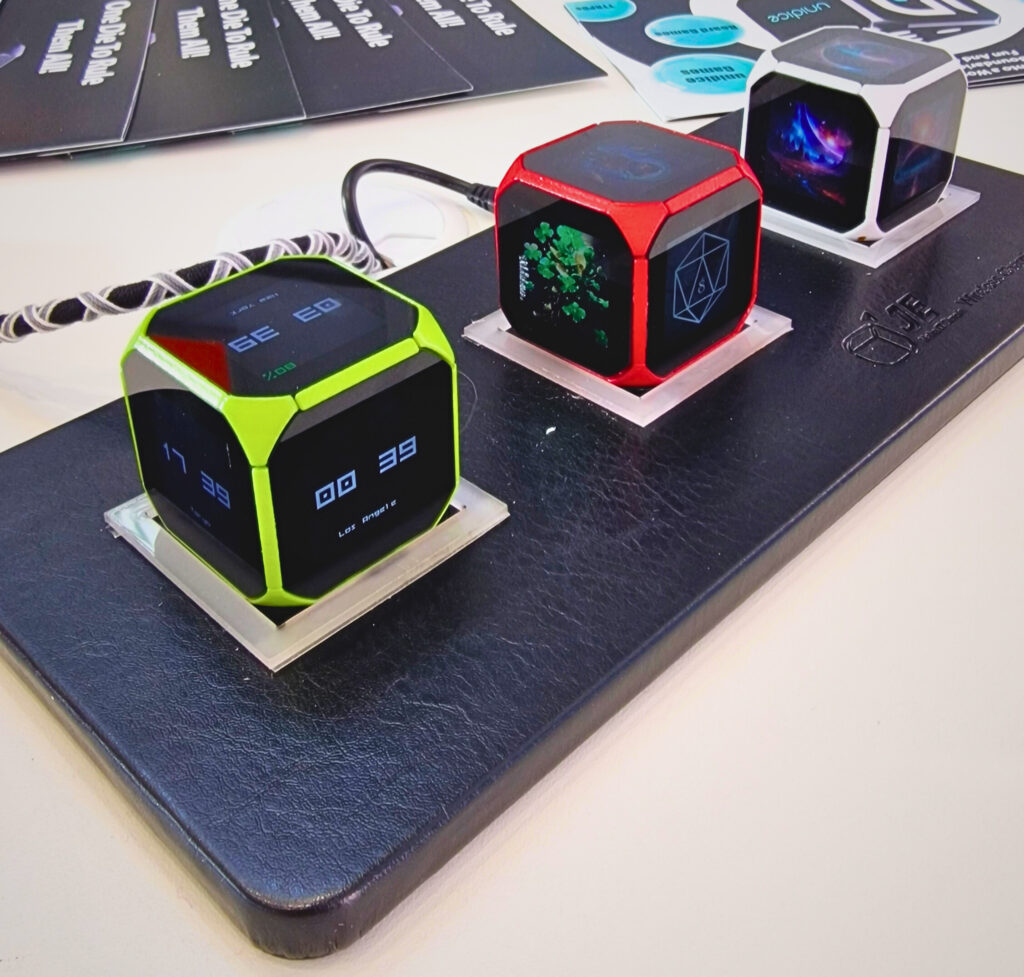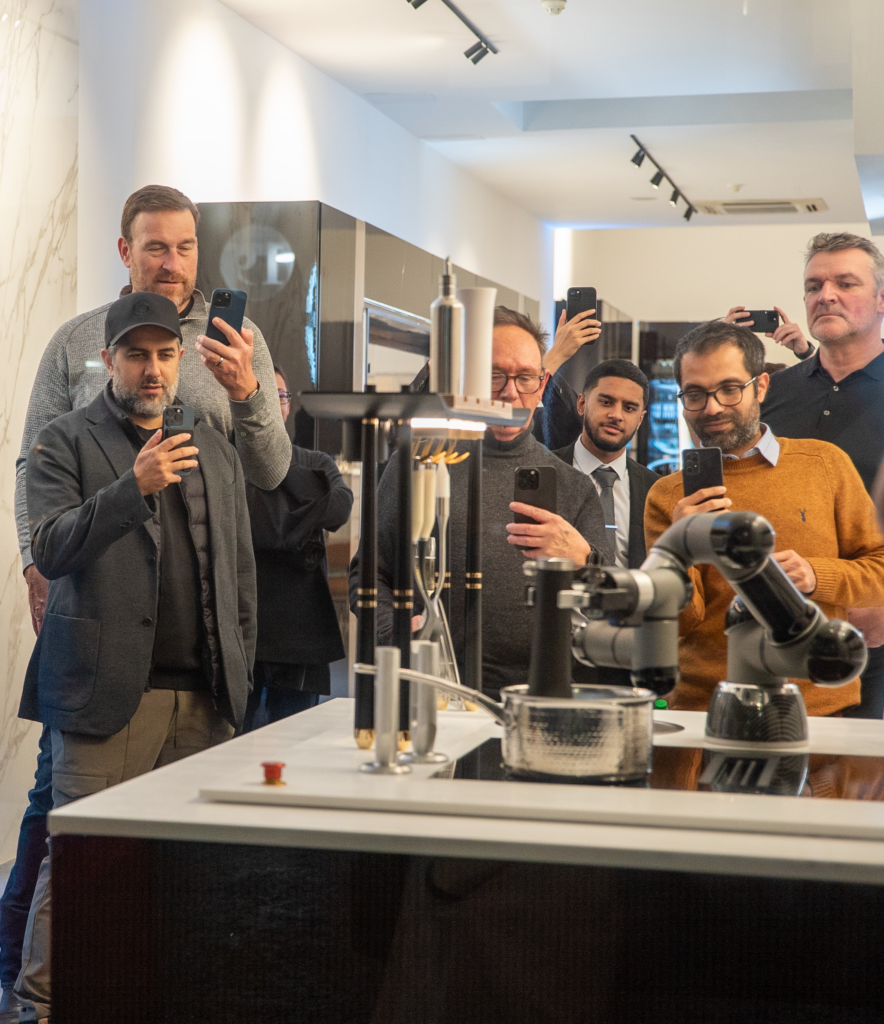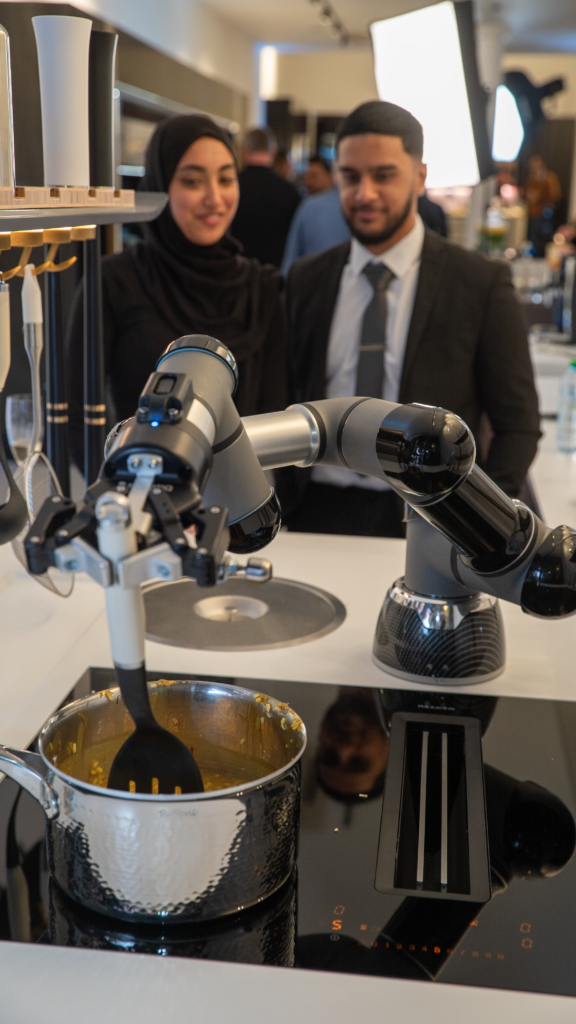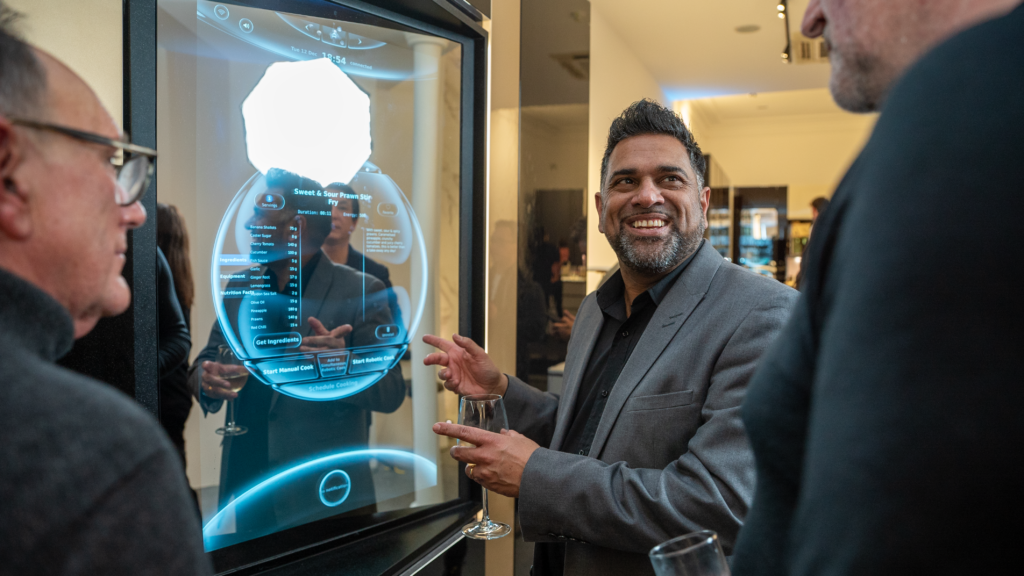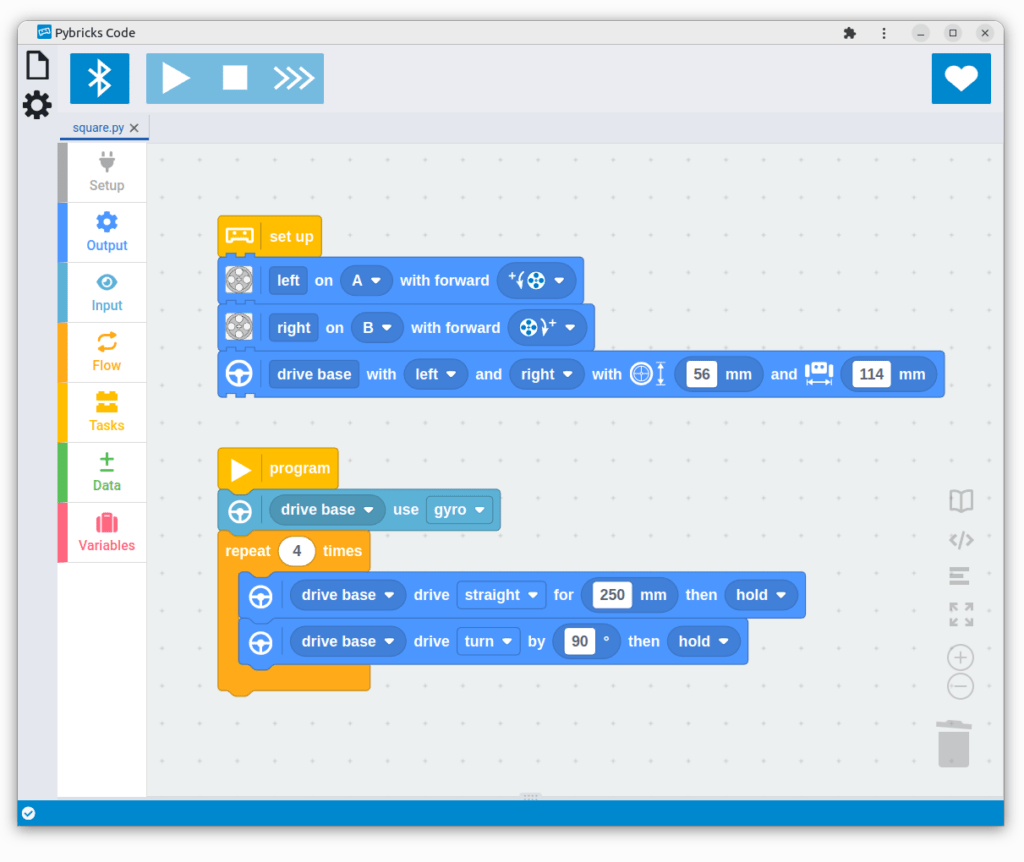pi3g Unveils Groundbreaking New Features for Business Users
Leipzig, March 27, 2024 – pi3g GmbH & Co. KG introduces new web-based Terminal and File Editor Apps to its PiCockpit.com platform, enhancing Raspberry Pi remote management with an updated Script Scheduler, Video Streaming App, and the PiCockpit Pro Plus plan for custom software needs. These innovations reflect pi3g’s dedication to simplifying and boosting productivity for global business users without the need for in-depth Linux expertise. In particular, teams with a Windows® background require less training and specialized skills when using PiCockpit to manage the company’s Raspberry Pi fleet, resulting in substantial time and cost savings for the business.
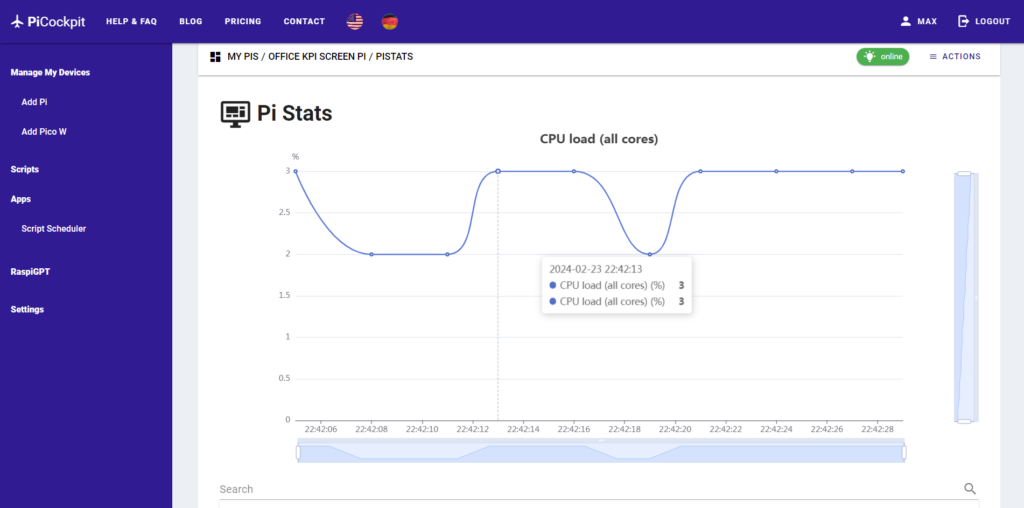
The PiCockpit Terminal App offers a seamless web-based terminal interface, eliminating the need for complex setup or additional software like PuTTY. Leveraging WebRTC technology, it ensures a secure, encrypted connection for managing all Raspberry Pi devices from any location. This app simplifies remote device management for businesses, enabling straightforward web-based remote access beyond the limitations of traditional methods.
The File Editor App, enhanced with RaspiGPT technology powered by OpenAI’s GPT-4, simplifies file and directory management on Raspberry Pis. By accessing PiCockpit.com, users can remotely edit files from any web browser. This app provides smart assistance for script writing, log analysis, and file content explanation, streamlining file management and speeding up business development processes.
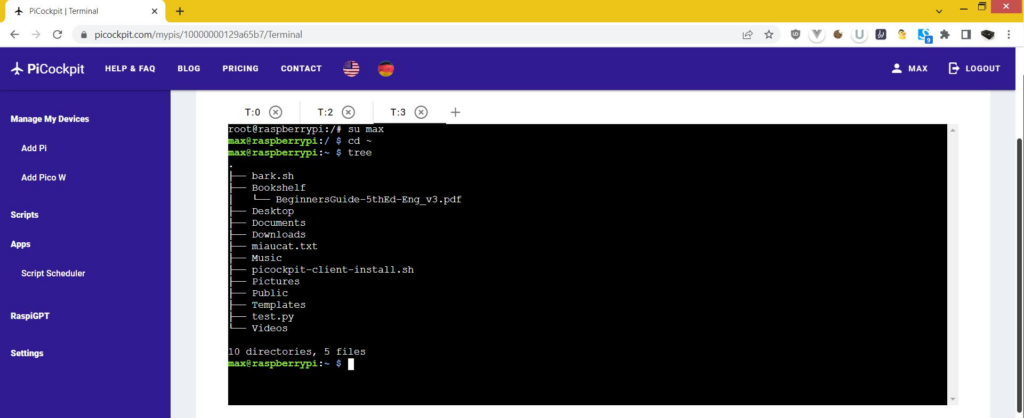
PiCockpit: Simplified management, reduced costs
Maximilian Batz, founder of pi3g, stated, “Our goal has always been to make Raspberry Pi management as accessible and efficient as possible for our users. The launch of our new PiCockpit apps, along with enhancements to our existing services, represents a significant step forward in achieving that goal. We’re particularly excited about the possibilities that RaspiGPT opens up, streamlining tasks that previously required extensive technical knowledge.”
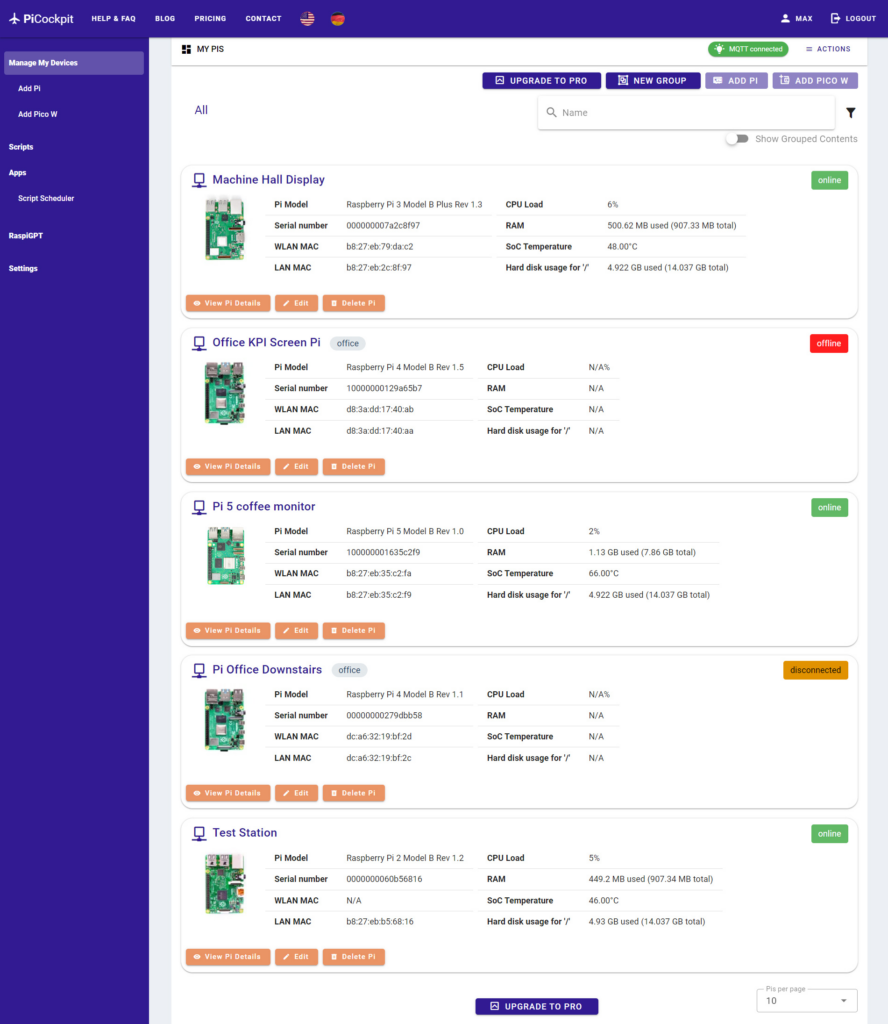
PiCockpit’s Pro Plan introduces a comprehensive solution for businesses looking to scale their operations beyond the first five free Pis. With Two Factor Authentication, PiCockpit ensures secure access to user accounts and their Raspberry Pis. PiCockpit Pro Plus takes customization to the next level, offering bespoke software development and system integration services. This plan is not just an offering but a partnership, providing businesses with a tailored solution that meshes seamlessly with their existing systems, paving the way for significant cost savings and operational efficiencies.
About PiCockpit
PiCockpit.com is a comprehensive web interface designed to simplify the management and operation of Raspberry Pi devices. Offering a range of applications including PiStats, Video Streaming, Script Scheduler, Terminal, and File Editor, PiCockpit enables users to monitor performance, schedule scripts, stream Raspberry Pi cameras, and manage files from anywhere in the world.
About pi3g
Based in Leipzig, Germany, pi3g has been involved in the Raspberry Pi ecosystem since its very beginning in 2012. As an official Raspberry Pi approved reseller, pi3g offers a comprehensive suite of services for businesses, including hardware sourcing, software development, hardware development and consulting.

